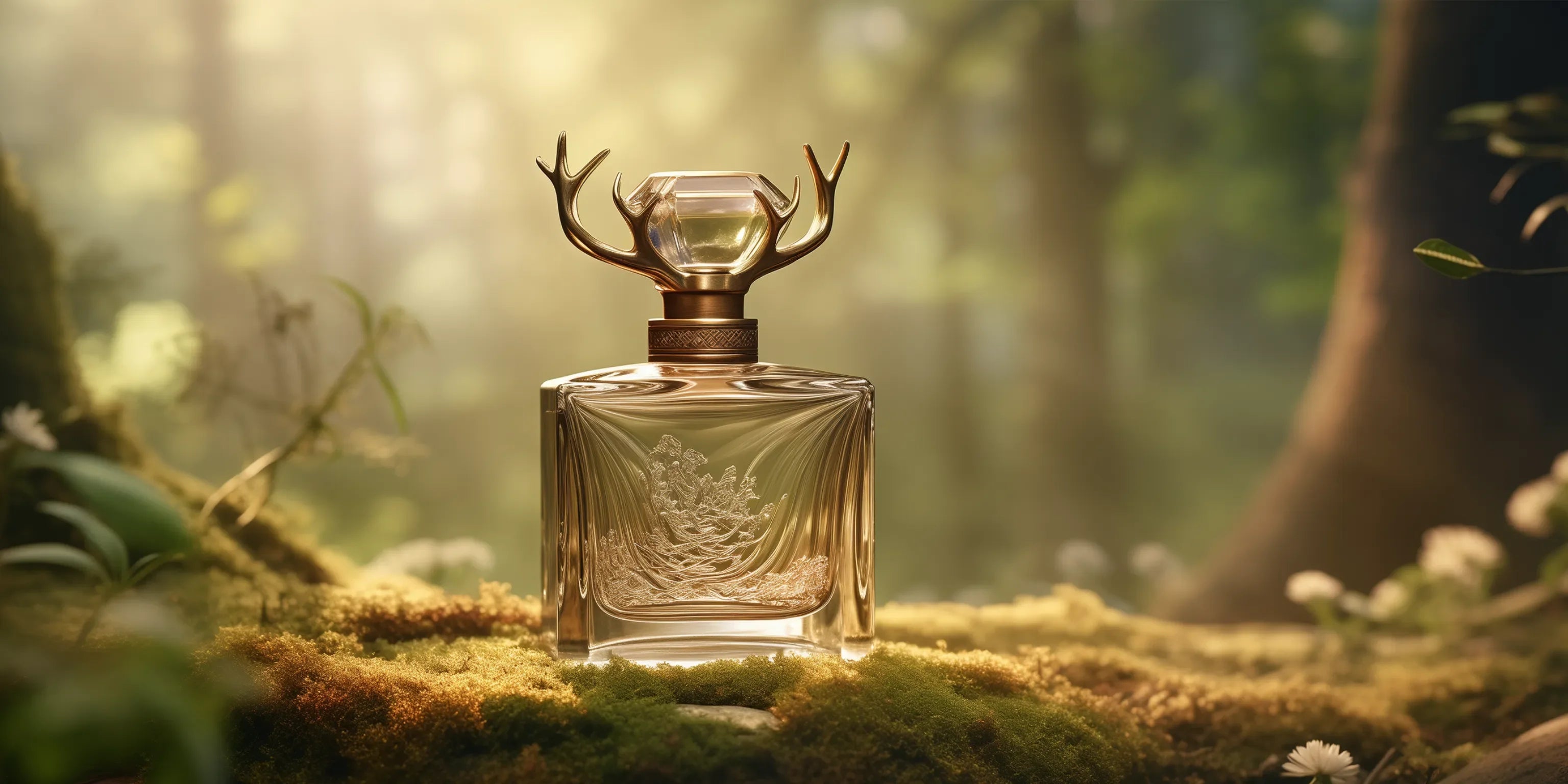
What Defines a Men’s Fragrance – And Why It Works
Men’s Fragrances: What Defines Them and Why They Work
What exactly gives a fragrance its masculine character? Are there specific scent notes commonly perceived as “typically male”? And is it even useful to categorize perfumes by gender—given how individual preferences and perceptions can be?
The answer is multifaceted. While fragrance trends constantly evolve and the lines between men’s and women’s perfumes are increasingly blurred, certain scent profiles are still widely considered masculine. In this article, we take a closer look: Which notes are perceived as masculine? What ingredients are commonly used? And why do some fragrances intuitively feel like “men’s perfumes”?
Typical Characteristics of Men’s Fragrances
Men’s perfumes often feature bold, distinctive scent notes. Many compositions rely on freshness, spicy accords, or warm woody depths. Common olfactory features include:
- Fresh & Green: Citrus, aromatic herbs, and aquatic notes add energy and dynamism.
- Woody & Earthy: Cedarwood, sandalwood, vetiver, or patchouli often provide a rugged base.
- Spicy & Bold: Pepper, cinnamon, nutmeg, or ginger lend intensity and masculinity.
- Musk & Leather: These notes add a raw, sensual edge to a composition.
Not every men’s fragrance includes all these elements, but they are frequently used as the building blocks for masculine scents.
Common Ingredients in Men’s Fragrances
Citrus Fruits
Citrus notes—especially bergamot, lemon, lime, and orange—are staples in men’s perfumes. Typically used as top notes, they offer immediate freshness and clarity. Their longevity is short, so they’re often paired with herbs or woods to add depth. For a light and invigorating scent, citrus-based compositions are a great choice.
Herbs
Aromatic herbs like lavender, rosemary, thyme, juniper, and sage add a spicy freshness to many men’s scents. They provide structure and depth and blend well with citrus, woods, or resins.
Spices
Pepper, cardamom, nutmeg, ginger, and cinnamon are particularly popular in modern men’s perfumes. They add intensity, depth, and a confident character. Sweet-spicy notes like tonka bean or vanilla are also common in the base, especially in oriental-leaning scents.
Woods
Woody notes are a hallmark of masculine perfumery. Sandalwood is warm, soft, and calming; cedarwood is dry, bright, and clean. Oud (agarwood) is a luxurious resinous-woody note with a powerful presence. Though polarizing, it adds elegance and depth. In Western perfumery, oud is often softened and paired with florals or fresh notes.
Is There a “Typical” Men’s Scent?
Fragrance is always a matter of personal taste—especially when it comes to what’s considered “masculine.” What one culture sees as masculine might be interpreted very differently elsewhere. Still, certain scent profiles have become culturally associated with masculinity—often shaped by decades of marketing, traditions, and trends.
In practice, if a fragrance feels bold, clear, spicy, or woody, it’s typically labeled a men’s scent—even though it may also be worn beautifully by women.
Conclusion: A Fragrance That Reflects You
Whether fresh and sporty, woody and elegant, or spicy and mysterious—today’s men’s perfumes offer great variety. They express personality, make olfactory statements, or subtly accompany you throughout the day. And as gender boundaries in perfumery continue to blur—that’s a good thing. Because in the end, only one thing matters: that the fragrance fits you.


